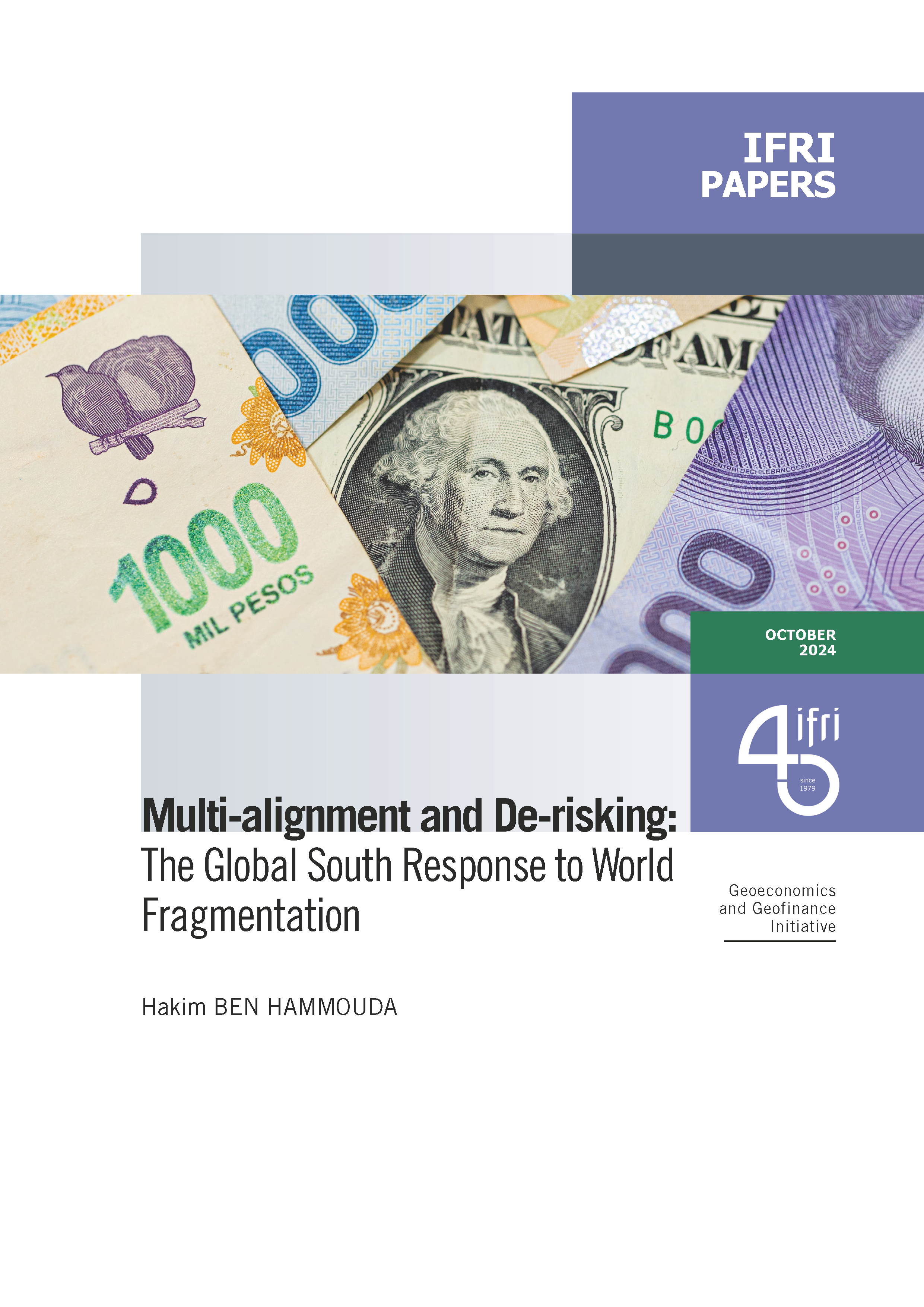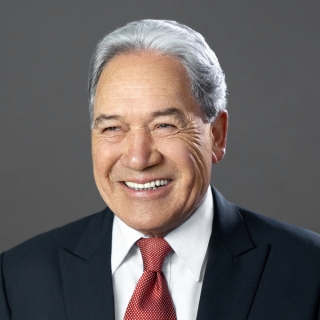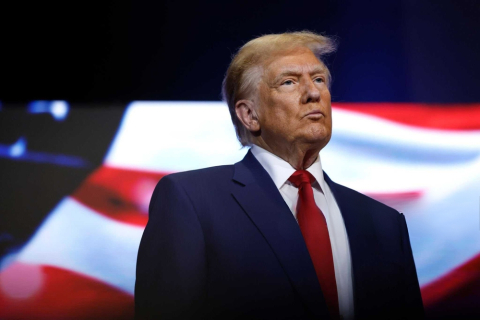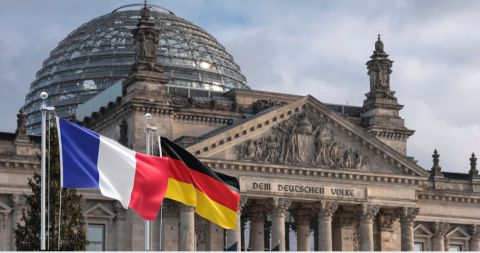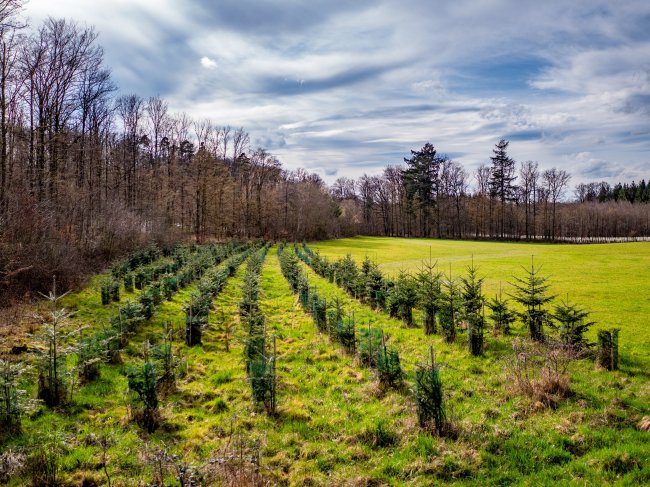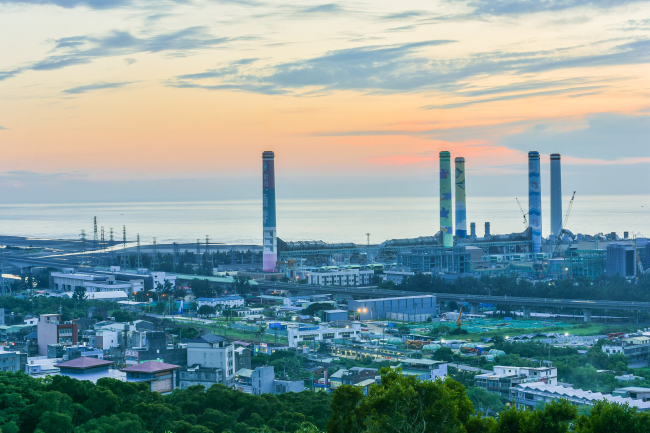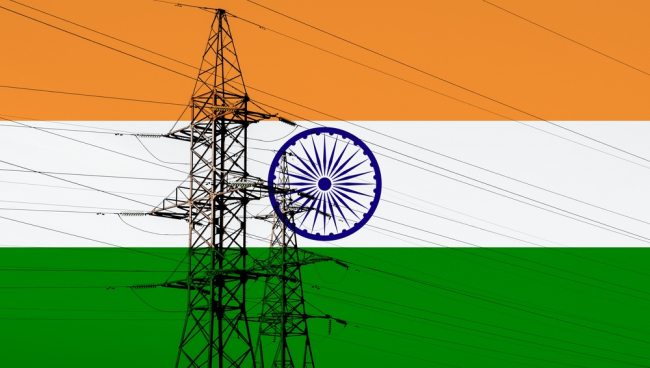Free Europe's Economists

By all indications they have been locked up while spin doctors are writing statements for Presidents and Prime Ministers. Not since Venezuela's President Hugo Chavez seized on the idea at the end of the last century have we heard serious contemplation of an oil price band. The last forty years of experience with price volatility in commodities should by now have provided ample proof that negotiated, state-administered price bands are meaningless and confounding for markets.
Set that aside and the two Summiteers have some good thoughts. Collaboration between IEA and OPEC remains a good idea, but it predates creation of IEF and has been consistently robust. Forecasters and economists in both organizations know well the differences in each agency's outlook and their origins. Underlying numbers are drawn from the same sources or sometimes from each other - but it should come as no surprise that a supplier will describe the same elephant differently that a consumer - shared analysis but different conclusions.
Instructing the IEF to carry out a mandate "to arrive at a common long-term view on what price range would be consistent with the fundamentals" is to appear to be action-oriented while putting an impossible task before a group that cannot hope to accomplish it. Governments should turn first to their role in addressing the thorny issues that make oil supply and demand so inelastic, arguably adding more volatility to the market than speculators.
Transparency has been a priority for years and some considerable progress has been made. The Joint Oil Data Initiative, driven initially by IEA and OPEC and now managed by IEF is a good example. But many energy market data are still opaque. Financial market involvement in energy commodity markets needs considerably greater transparency and monitoring, recognizing that non commercial trading in energy commodities is ultimately a good thing. So too are more transparency and oversight.
Where President Sarkozy and Prime Minister Brown can contribute more to market stability and predictability - is by ensuring that their national projections for climate change policy, renewables penetration, efficiency gains and technology deployment are reflected in clear policy decisions and regulatory guidance to the market. Uncertainty in energy commodity markets is aggravated by policy uncertainty combined with political targetry. Why put in capacity if demand for fossil fuels will be dropping sharply? Why build refineries if biofuels are going to fill the gap? Who needs another pipeline if European incremental gas demand to 2020 is flat?
Policy-induced uncertainties aggravate the cyclical nature of energy commodity markets and create opportunities for portfolio managers to add energy to their financial strategies, probably aggravating volatility, but only because the opportunity is there.
For further input to G8 energy reflections click here

Available in:
Regions and themes
Share
Related centers and programs
Discover our other research centers and programsFind out more
Discover all our analysesCan carbon markets make a breakthrough at COP29?
Voluntary carbon markets (VCMs) have a strong potential, notably to help bridge the climate finance gap, especially for Africa.
Taiwan's Energy Supply: The Achilles Heel of National Security
Making Taiwan a “dead island” through “a blockade” and “disruption of energy supplies” leading to an “economic collapse.” This is how Colonel Zhang Chi of the People’s Liberation Army and professor at the National Defense University in Beijing described the objective of the Chinese military exercises in May 2024, following the inauguration of Taiwan’s new president, Lai Ching-te. Similar to the exercises that took place after Nancy Pelosi’s visit to Taipei in August 2022, China designated exercise zones facing Taiwan’s main ports, effectively simulating a military embargo on Taiwan. These maneuvers illustrate Beijing’s growing pressure on the island, which it aims to conquer, and push Taiwan to question its resilience capacity.
India’s Broken Power Economics : Addressing DISCOM Challenges
India’s electricity demand is rising at an impressive annual rate of 9%. From 2014 to 2023, the country’s gross domestic product (GDP) surged from 1.95 trillion dollars ($) to $3.2 trillion (constant 2015 US$), and the nation is poised to maintain this upward trajectory, with projected growth rates exceeding 7% in 2024 and 2025. Correspondingly, peak power demand has soared from 136 gigawatts (GW) in 2014 to 243 GW in 2024, positioning India as the world’s third-largest energy consumer. In the past decade, the country has increased its power generation capacity by a remarkable 190 GW, pushing its total installed capacity beyond 400 GW.
The Troubled Reorganization of Critical Raw Materials Value Chains: An Assessment of European De-risking Policies
With the demand for critical raw materials set to, at a minimum, double by 2030 in the context of the current energy transition policies, the concentration of critical raw materials (CRM) supplies and, even more, of refining capacities in a handful of countries has become one of the paramount issues in international, bilateral and national discussions. China’s dominant position and successive export controls on critical raw materials (lately, germanium, gallium, rare earths processing technology, graphite, antimony) point to a trend of weaponizing critical dependencies.



